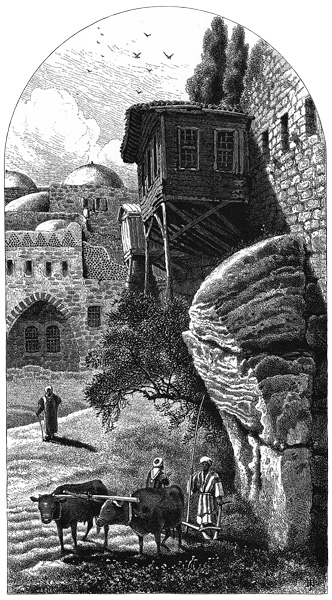Strata: 19th-Century Americans in the Holy Land

When the first American missionaries arrived in the Holy Land in 1819, it took three days to travel from their port of disembarkation in Jaffa to Jerusalem. When Mark Twain arrived nearly half a century later, he still found the roads “infernal” and the place as a whole “desolate and unlovely.” Jerusalem, he said, was “a pauper’s village ... The glory of Jerusalem has indeed parted.”
Americans’ engagement with the Holy Land in the 19th century is a multifold story. Following the missionaries in the early part of the century came the scholars, most notably Edward Robinson, the “father of Biblical geography,”a who visited the Holy Land in 1832 (and again in 1852) with his friend and former student Eli Smith. A professor and theologian at Andrews Theological Seminary, Robinson identified scores of Biblical sites by their survival in modern Arabic names: for example, Bethel in Arabic Beitin; Shiloh in Arabic Seilun; and Anath in Arabic Anathoth.
Robinson also identified Robinson’s Arch in the western wall of the Temple Mount, which he thought supported a bridge to the other side of the city. Actually it supported a staircase leading up to the Temple Mount.
In 1847–1848 United States Navy Lieutenant William F. Lynch successfully searched for the source of the Jordan River and explored the Dead Sea; it was the first scientific exploration of the region.b
Already a library member? Log in here.
Institution user? Log in with your IP address.

